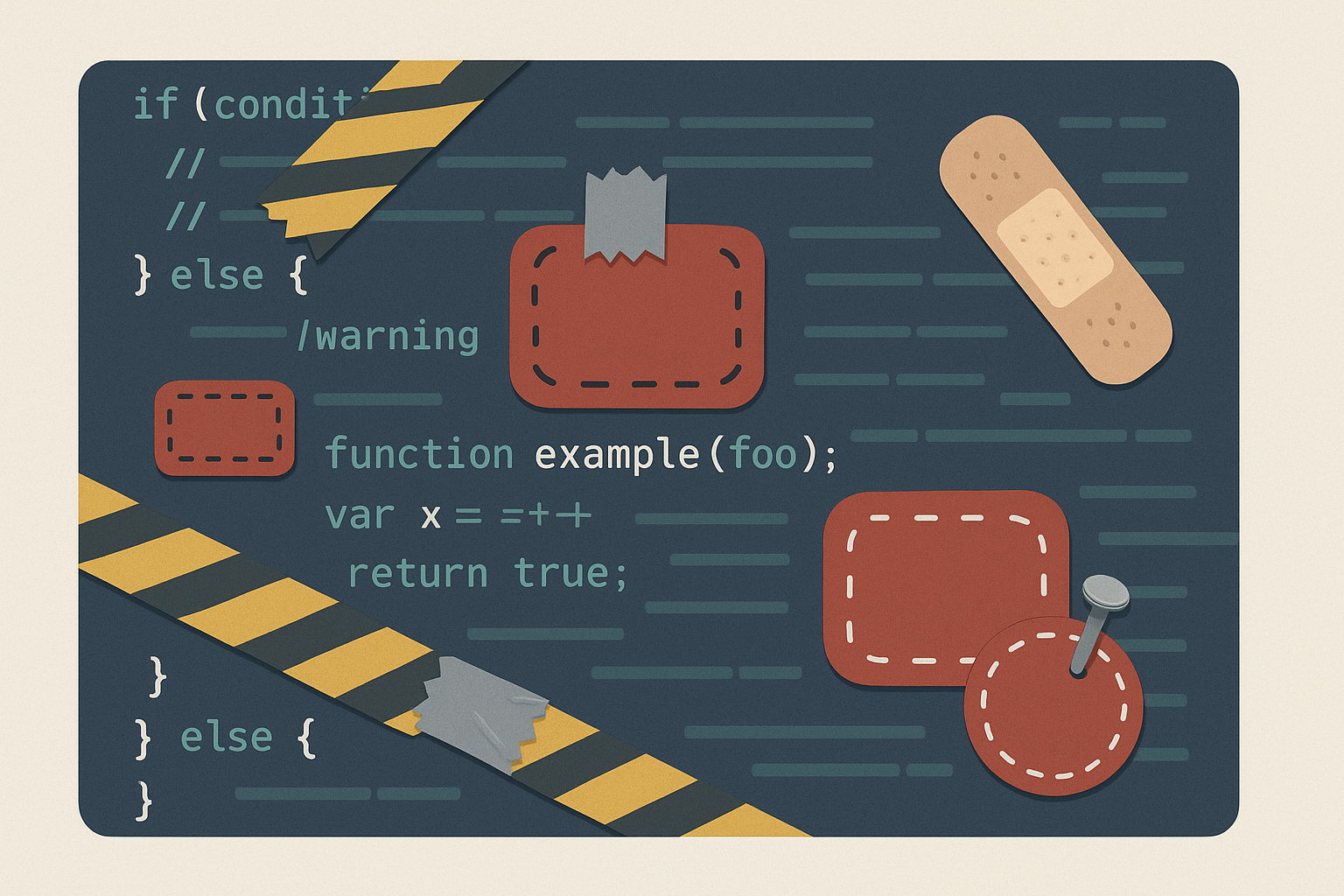The rollout of the SAAQclic system was intended to modernize and digitize the services of the Société de l’assurance automobile du Québec (SAAQ). Through a new ERP platform, SAP and LGS (an IBM subsidiary) promised to deliver a more efficient experience in which Quebecers could renew licenses, register vehicles, and pay auto insurance entirely online—without ever visiting a physical branch. The project began with a budget of CAD 600 million, a figure that would soon be drastically exceeded.
Project Origin and Objectives
From the outset, SAAQclic was conceived as a comprehensive digital transformation. The SAAQ aimed to cut paperwork, automate internal processes, and improve accessibility via an intuitive web portal. SAP supplied the core technological infrastructure and LGS coordinated the implementation. The promise was clear: speed up procedures, minimize errors, and ease branch congestion by moving nearly all transactions into the digital realm.
Cost Overruns and Consequences
Quebec’s Auditor General reported that the final cost topped CAD 1.1 billion—an overrun of CAD 500 million against the initial budget. This discrepancy triggered a public inquiry and raids in 2025 by the Permanent Anti-Corruption Unit (UPAC). The fallout not only strained public finances but also eroded citizens’ trust and politicized the debate over the efficiency of technology contracts.
Operational Failures and Institutional Chaos
Despite its official launch in 2023, SAAQclic never performed as promised. Operational breakdowns became the norm: the system suffered constant outages, the user experience was poor, and many basic transactions could not be completed. Branches filled up again as citizens queued for services they couldn’t access online. The Auditor General branded the project a “white elephant,” noting the lack of tangible results after years of work and massive investment.
Accountability and Lessons Learned
Neither SAP nor IBM accepted direct responsibility. SAP issued a statement reaffirming its commitment to ethical standards and pledging full cooperation with authorities; IBM made no public comment. Project-management experts cite multiple causes: immature leadership, inadequate organizational change management, and the absence of graduated testing phases. They recommend breaking large initiatives into manageable stages, each with clear milestones and rigorous quality controls, to prevent similar “train wrecks.”
The failure of SAAQclic illustrates how an ambitious technology migration can become an institutional disaster if planning, change management, and accountability aren’t handled properly. Beyond its high cost, this project exposed the vulnerability of critical processes and underscores the importance of drawing lessons to guide future modernization efforts.






